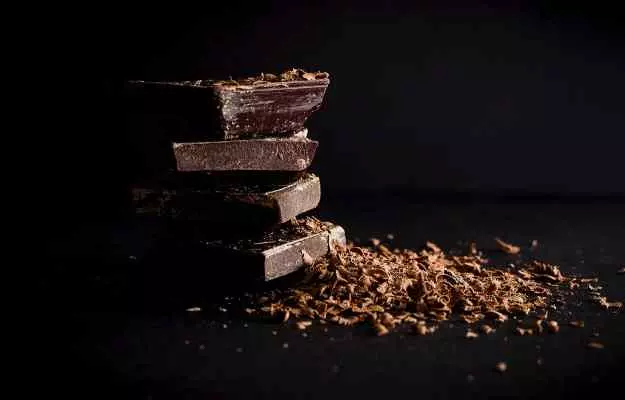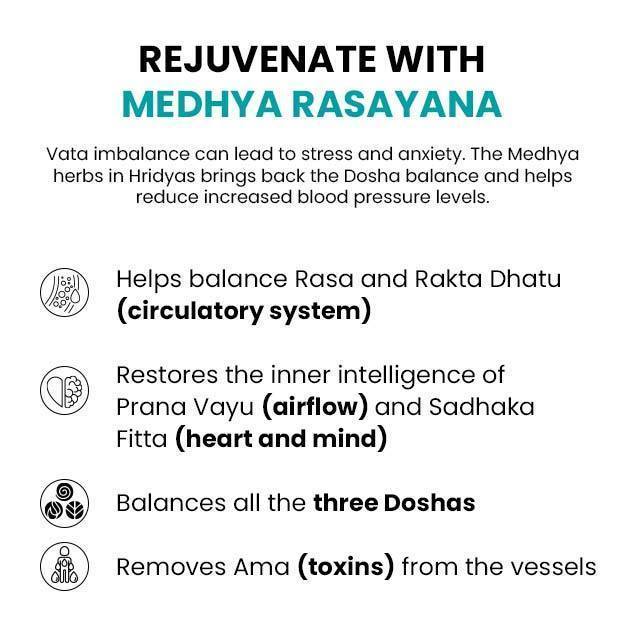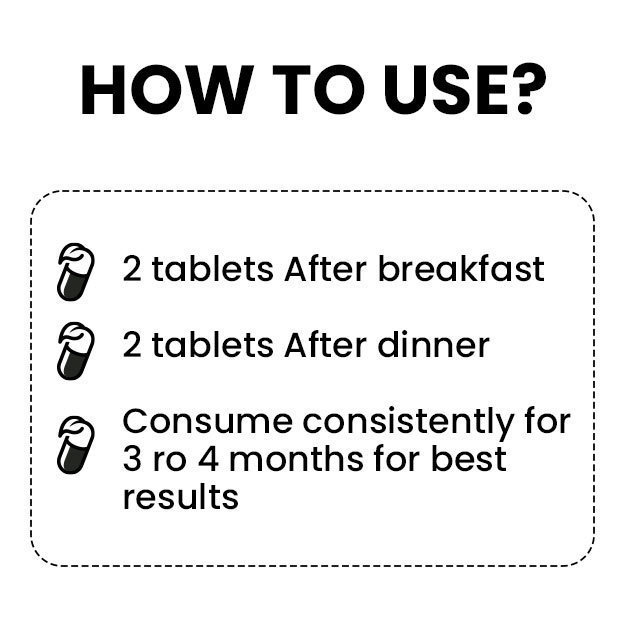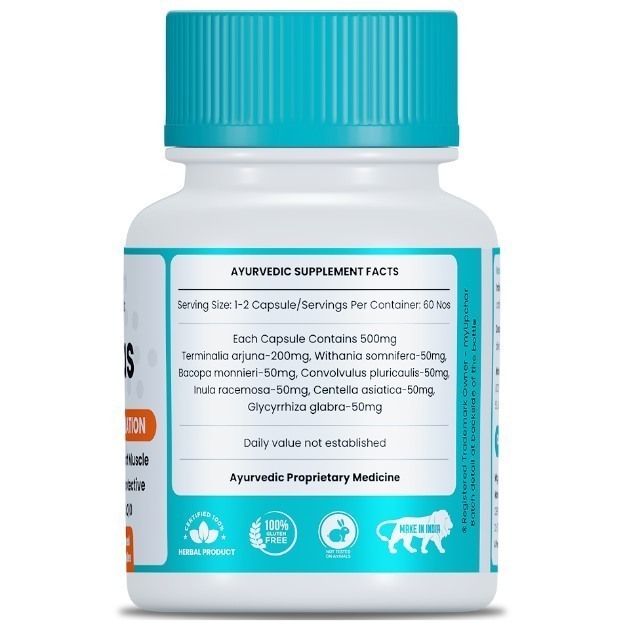World Chocolate Day on 7 July marks the momentous first journey of this delicious treat from Mexico, Central and South America to Europe in 1550. Chocolate has become synonymous with great taste and indulgence ever since.
Indeed, chocolate is not the first word that comes to mind while talking about healthy foods. On the contrary, they have been associated with an increased risk of acne and diabetes due to their high sugar and fat content.
Experts, however, say that sugar is only an additive to chocolates, a confectionary made from the seed pods of the cocoa plant Theobroma cacao - literally the food of gods. And dark chocolates have shown many benefits of health which include but are not limited to improved mood, reduced risk of heart diseases and obesity, and improvement in the gut microflora.
Chocolate was first used by the Mayans who used to make a drink with cocoa and hot water - a drink that was only preserved for the royalty and the highest-ranking people in the society. Cocoa and the chocolate made out of it was introduced in Europe in the 16th century and it took a while before the medicinal aspect of this food was considered.
Did you know?
Cocoa beans were used as a currency in Mesoamerica.

























